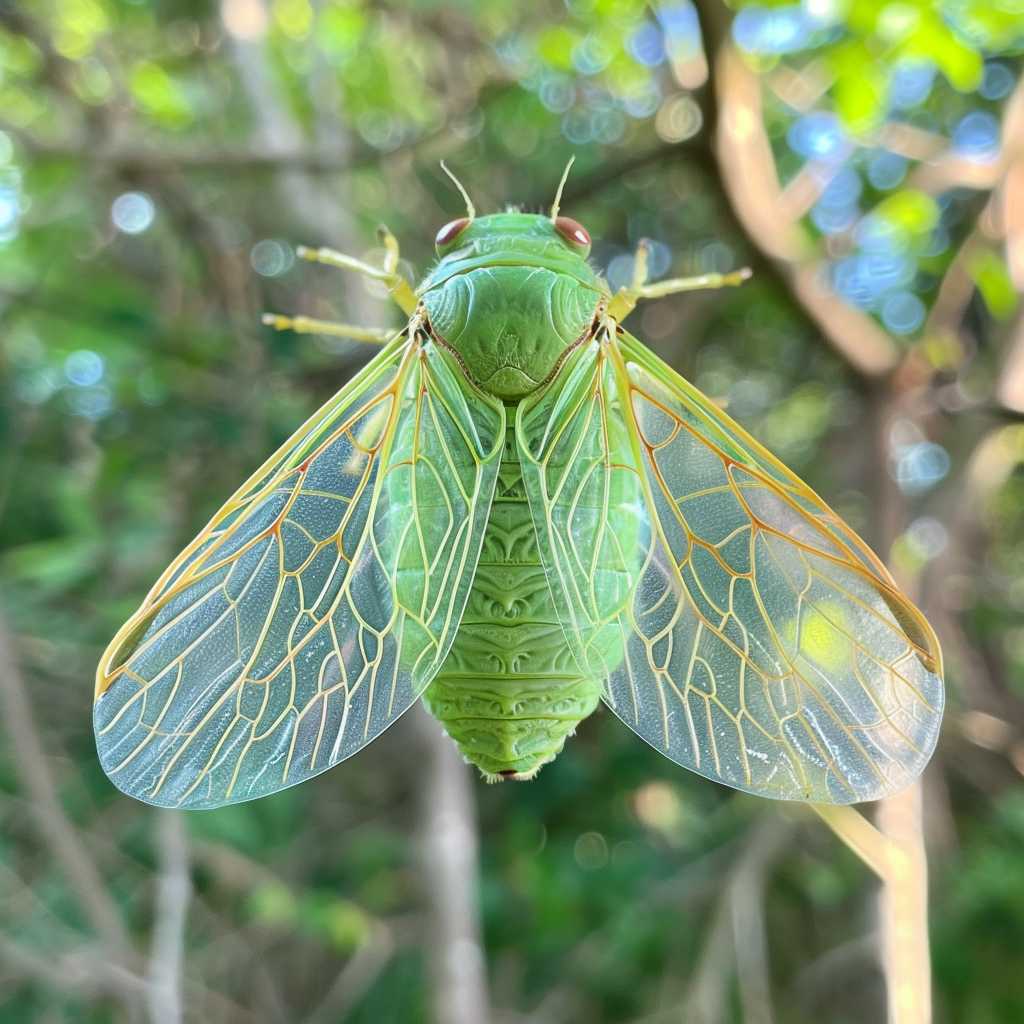The Fascinating Lifecycle and Characteristics of Cicadas
Cicadas are known for their distinctive buzzing, which is a hallmark of warm weather in various parts of the world. Beyond their familiar serenade lies a fascinating life cycle and unique biological characteristics that both intrigue and inform the scientific community, as well as the general public. In this article, we will explore the life of cicadas, their environmental role, their cultural impact, and some interesting facts about these ubiquitous insects.
Cicadas: An Overview and Their Signature Sound
Cicadas are insects that belong to the order Hemiptera and are known for the loud call produced by male cicadas during mating season. This sound can be heard in the summer across continents like North America, Europe, Asia, and Australia, with different species varying in their habitat distribution.
Life Cycle of Cicadas
The Different Types of Cicada Life Cycles
There are over 3,000 species of cicadas worldwide, and they are primarily categorized by their life cycle timing: annual or periodical. Annual cicadas emerge every year, whereas periodical cicadas mature in either 13 or 17-year life cycles.
Stages From Egg to Nymph
Cicadas undergo an incomplete metamorphosis involving three stages of development: egg, nymph, and adult. Female cicadas lay eggs on the branches of trees or shrubs; once hatched, the nymphs drop to the ground, where they burrow into the soil.
Nymph Life Below Ground
Nymphs live in the soil from 1-17 years depending on the species, where they feed on xylem sap from tree roots. During this time, they pass through a number of instars or stages of development. Periodical cicadas spend most of their lives in this stage.
The Emergence: Molting into Adulthood
Nearing the end of their nymphal stage, cicadas emerge above ground, molt for the last time and reveal their winged adult form. This transformation usually happens at night to avoid predators.
Breeding and the End of the Cycle
Once matured, males attract females using their loud songs. Once mating occurs and eggs are laid, the life cycle begins anew. Adult cicadas die shortly after breeding.
Role in Ecosystem and Significance to Research
Environmental Importance
Cicadas play an essential role in their ecosystems – aerating soil as nymphs, serving as a food source for predators such as birds, mammals, and other insects as adults, and even contributing nutrients back into their environment upon death.
Climate Change Indicators
Some researchers consider cicadas to be bioindicators due to their sensitivity to climate change. Alterations in emergence patterns can indicate broader environmental shifts.
The Phenomenon of Periodicity
Periodical cicadas (specifically 13 or 17-year varieties) have garnered interest for their unique temporal periodicity and synchronized emergences en masse. This phenomenon continues to be a subject of study in evolutionary biology and ecology.
Cultural Significance and Human Interaction
Throughout history and across cultures, cicadas have held various symbolic meanings from immortality and rebirth to annoyance due to their intense mating calls. They make appearances in literature, folk songs, and even as cuisine in some cultures.
Notes
Image Description
A vibrant close-up photograph showing an adult cicada with its wings fully expanded. The camera captures the fine details of its transparent wings patterned with intricate veins against a backdrop of green foliage blurred in soft focus.
